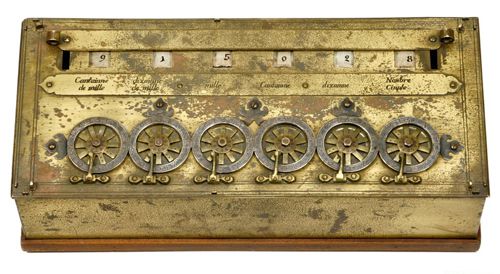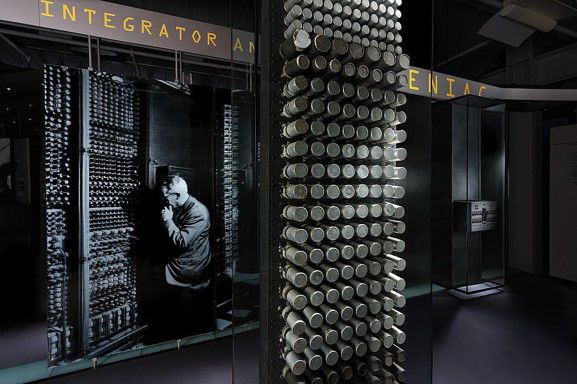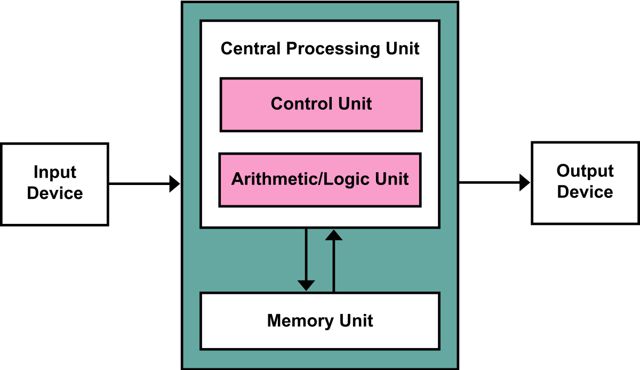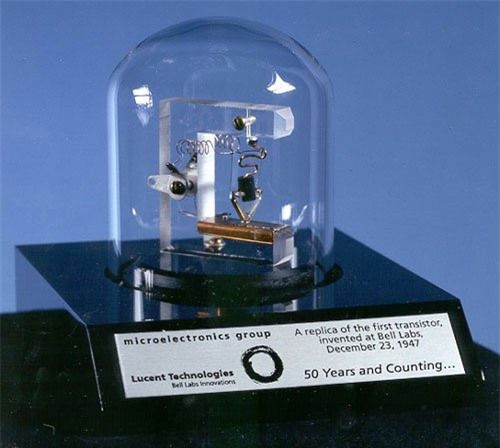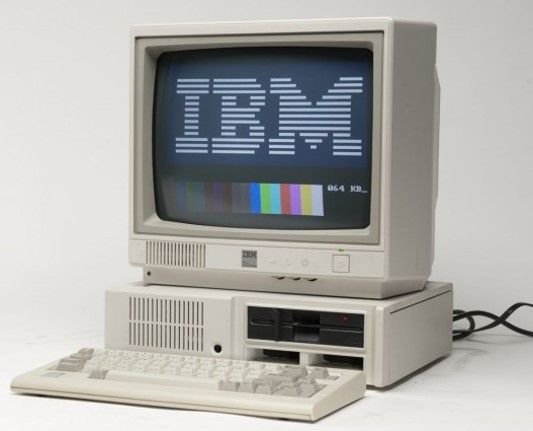Today, you can see that many powerful computers have amazing specifications and nice looks. To get there, computers have gone through many stages of development. This article will summarize the history of computer evolution.
The history of computer evolution is categorized into different generations based on advancements in hardware technology. These generations include:
1. Zero generation of computer – mechanical calculator (1642 – 1940)
In 1642, Blaise Pascal invented the first mechanical calculator, called the “Pascaline”.
2. First generation of computer – vacuum bulb (1940 – 1956)
The ENIAC computer was built in 1943-1944 for military use. The ENIAC calculator uses a decimal numbering system, capable of storing a 10-digit decimal number. 10 vacuum bulbs represented each digit.
Also during this time, Von Neumann architecture was born, as the basis for today’s computer design architecture.
John von Neumann designed the IAS (Institute for Advanced Study) based on this architecture.
3. Second generation of computer – transistor (1956 – 1963)
At this time, transistors made from silicon replaced vacuum bulbs. The transistor was a major invention of Bell Labs in 1947 by John Bardeen, Walter Brattain, and William Shockley.
4. Third generation of computer – integrated circuits (1964 – 1971)
Integrated Circuit (IC) technology was born. This technology allows many transistors to be integrated into a small circuit.
During this period, IBM was the most remarkable computer manufacturer with IBM System/360 and IBM 5100.
5. Fourth generation of computer – super high-density integrated circuits (1971 – present)
Very Large Scale Integrated (VLSI) technology appeared. The technology allows the integration of millions of transistors on a circuit board.
In 1981, IBM introduced the IBM PC 5150 based on the 8088 CPU running Microsoft’s PC DOS 1.0 operating system.
6. Computer development trends in the future
Ultra-high-density integrated circuit technology is increasingly being developed with CPU manufacturing processes such as 22nm, 14nm, 10nm, 7nm, and smaller in the future.
To increase processing speed, manufacturers also develop computers with multi-core processors.
A development branch of computers in the future is quantum computers with the expectation of processing speeds many times higher than computers based on semiconductors.
